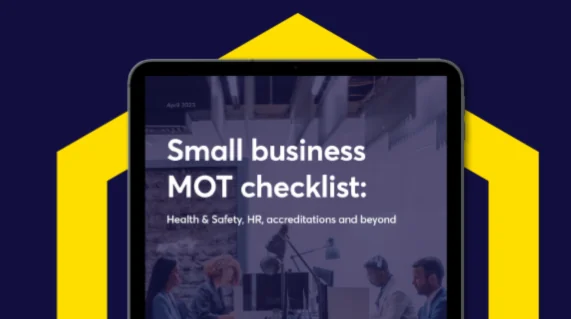Construction sites are busy and fast-moving environments where there’s a lot going on every day, with different tasks taking place all at the same time using a huge range of materials and substances. So, ensuring the safety of workers in an environment like this is crucial – especially when dealing with hazardous substances. In this blog, we’ll be discussing the Control of Substances Hazardous to Health (COSHH) regulations in construction, exploring the significance of COSHH in construction and addressing some common mistakes we see in the implementation of COSHH.
What does COSHH stand for in construction?
COSHH is short for Control of Substances Hazardous to Health, and it’s a set of regulations designed to protect workers from exposure to harmful substances in the workplace. In the construction industry, COSHH is even more important due to the wide range of substances used and produced in various construction processes. Take a read of our blog post to learn about the different types of COSHH symbols and meanings.
Hazardous substances on a construction site
The construction industry is notorious for its use and production of hazardous substances. While these substances might not always be immediately life-threatening, prolonged exposure can lead to some pretty severe health issues. Complying with COSHH regulations isn’t just about staying on the right side of the law – it’s also about preventing illnesses and keeping your workers safe. In fact, HSE data from Construction statistics in Great Britain 2023 tell us that construction has the largest number of occupational cancer cases among industrial sectors, accounting for over 40% of occupational cancer deaths and cancer registrations. Exposures in the construction industry cause an estimated 5000 occupational cancer cases every year, and around 3700 deaths.
Some hazardous substances commonly found on construction sites include:
- Asbestos is one of the most hazardous substances on a construction site, being used in building materials and insulation. There are other regulations you’ll need to comply with when it comes to dealing with asbestos, namely the Control of Asbestos Regulations 2012. It’s also the most significant cause of the cancers mentioned above, causing 70% of those cases.
- Silica is found in concrete, brick and sand and causes 17% of occupational cancer cases in construction.
- Lead is found in paints and some pipes
- Cement is commonly used in construction and can cause skin and respiratory issues.
Common COSHH in construction failures to look out for
Wearing PPE as the only line of defence
Personal protective equipment (PPE) plays a really important part in keeping workers safe, but it definitely shouldn’t be used as the only line of defence against hazardous substances. Deeper control measures like engineering and administrative controls are equally important. For example, putting proper ventilation systems in place, or substituting hazardous substances with safer alternatives can significantly reduce the risk of exposure.
Not identifying hazardous substances on site
It’s not always possible to identify every hazardous substance on a site immediately, which means you might end up underestimating the potential risks. So it’s essential that you educate workers about less obvious dangers and emphasise the importance of recognising and reporting any substances that might pose a threat, even if the harm isn’t immediate.
Failure to address the risks
Unfortunately, failure to address risks isn’t uncommon, as we can see from HSE statistics. Around 13,000 people die each year from exposure to chemicals or dust, and around 14,000 new cases of breathing or lung problems are reported annually. Some people might identify hazardous substances but downplay their danger, maybe assuming that minimal exposure won’t cause harm. Proper procedures after identification involve risk assessments, implementing control measures and continuous monitoring, and these are crucial steps to take to build safer workplaces and safer futures for your employees. Want to find out more? Check out our blog about what to include in your COSHH risk assessment.
Get COSHH right with HS Direct
Wondering how you can get on top of COSHH in construction?
A comprehensive COSHH assessment template might be what you’re missing. With our templates, you can get a structured framework to make sure you’re covering all the necessary aspects – and even better, we’ve got a library of over 80 completed assessments to cover most substances you’ll come across. And if you’ve got one that isn’t there, you can just download our blank template to tailor it to your needs.
We also have a range of risk assessments and method statements for the building and construction industries.
Not sure where to start? Try out our free COSHH template to get a full walkthrough of the assessment process. Or, if you’ve got even more questions, just contact us and our friendly experts will get back to you.









